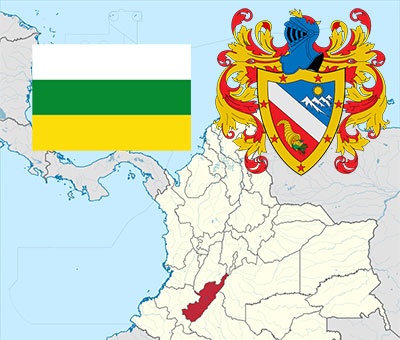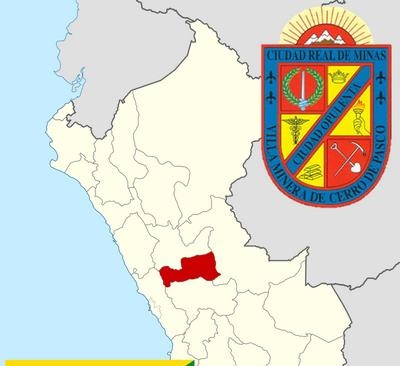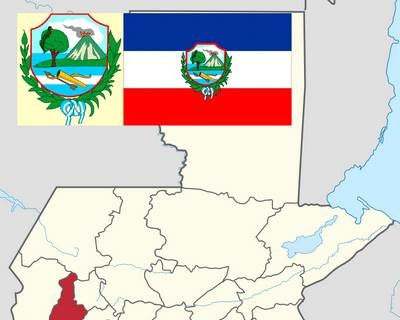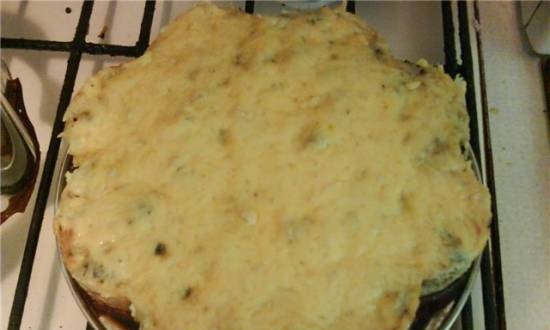|
 To the south of Cerro de Pacande are the Pihao, Paes, Churuba and Tama lands, called "orange" in Indian languages due to the color of the clouds above Huila Volcano, which turn red at sunrise and sunset. This is the Huila department, one of the central Colombian regions, whose beautiful and vast plains are occupied by rice fields, crops of corn, legumes and sorghum, and plantations of coffee, distinguished by the mildest taste. To the south of Cerro de Pacande are the Pihao, Paes, Churuba and Tama lands, called "orange" in Indian languages due to the color of the clouds above Huila Volcano, which turn red at sunrise and sunset. This is the Huila department, one of the central Colombian regions, whose beautiful and vast plains are occupied by rice fields, crops of corn, legumes and sorghum, and plantations of coffee, distinguished by the mildest taste.
The regional cuisine of the department uses all the products provided by agriculture: corn, rice, beans, various tubers, cocoa and a large number of fruits - bananas, passion fruit, naranjilla, pitaya, grapes and citrus fruits. The local livestock sector provides the population with beef and pork, and the fishing industry provides river fish, including the famous red bream, pacu, bokachiko, trout and moharra. The most typical fish dishes include the following:
• viudo de bocachicoconsisting of three separately supplied parts - fish broth with vegetable banana, cassava, potatoes and spices, boiled and then fried fish and rice with a salad of lettuce, tomatoes and white onions topped with lemon juice;
• fish stew (sudado de pescado) from bokachiko or catfish, including potatoes, vegetable banana, tomatoes, garlic and spicy herbs;
• roasted red bream (mojarra roja frita) - Weekend food that brings the family together at the table on Sundays and holidays, very simple and representing a boneless fish, fried with lemon juice, salt, garlic paste and cumin and served with fresh vegetables;
• caldo de cuchas - soup with chunks of fish, green and onions and coriander. For cooking, the brocade pterygoplicht is used - a species of catfish that live in the shallow and slow rivers of the Amazon.
 The public slaughter of pigs at the end of June was an ancient tradition in the department's capital, Neiva. Usually the ritual was carried out for several hours, during which meat was prepared for bacon, sausages and choriso, as well as for joint cooking. pork roast (asado de marrano) in outdoor wood-burning stoves using clay pots. The dishes were filled with exclusively steamed pork, and then baked with onions, garlic and herbs in beer and brandy. Nowadays, the ritual is gradually becoming a thing of the past, and the roast recipe has acquired new variations, including marinating in vinegar and bitter orange juice or grilling meat. The public slaughter of pigs at the end of June was an ancient tradition in the department's capital, Neiva. Usually the ritual was carried out for several hours, during which meat was prepared for bacon, sausages and choriso, as well as for joint cooking. pork roast (asado de marrano) in outdoor wood-burning stoves using clay pots. The dishes were filled with exclusively steamed pork, and then baked with onions, garlic and herbs in beer and brandy. Nowadays, the ritual is gradually becoming a thing of the past, and the roast recipe has acquired new variations, including marinating in vinegar and bitter orange juice or grilling meat.
Braised goat (estofado de chivo) - a dish that appeared during the time of the colony due to the mixture of indigenous, Spanish and African cultures. It is cooked on a wood-burning stove over low heat for several hours, getting tender and juicy meat in its own juice, stewed with tomatoes, onions, garlic and offal. Sometimes the meat is soaked in beer with caraway seeds the day before so that it acquires the necessary softness. This delicacy is served with boiled potato or cassava tubers. Another legacy of Creole cuisine is atollado - chopped stew beef with rice, beans, potatoes, carrots and spices.
Several representative indigenous dishes have survived in the region's cuisine:
• tamal de bijao, the filling of which, wrapped in a calathea leaf, contains a mixture of beef, pork and chicken, a small amount of rice, large slices of potatoes, carrots, onions and tomatoes;
• envuelto de mazorca - a kind of umita filled with corn mass with egg and cheese;
• dog ears (arepas orejeperro) - one of 75 Colombian species corn tortillascharacterized by the use of white corn kernels soaked for several days;
• Achira cookies (biscochos de achira) - sweet pastries cooked in the street oven from achira flour, egg yolks, animal fat, fresh cheese and sugar.
Elena
|
 To the south of Cerro de Pacande are the Pihao, Paes, Churuba and Tama lands, called "orange" in Indian languages due to the color of the clouds above Huila Volcano, which turn red at sunrise and sunset. This is the Huila department, one of the central Colombian regions, whose beautiful and vast plains are occupied by rice fields, crops of corn, legumes and sorghum, and plantations of coffee, distinguished by the mildest taste.
To the south of Cerro de Pacande are the Pihao, Paes, Churuba and Tama lands, called "orange" in Indian languages due to the color of the clouds above Huila Volcano, which turn red at sunrise and sunset. This is the Huila department, one of the central Colombian regions, whose beautiful and vast plains are occupied by rice fields, crops of corn, legumes and sorghum, and plantations of coffee, distinguished by the mildest taste.








